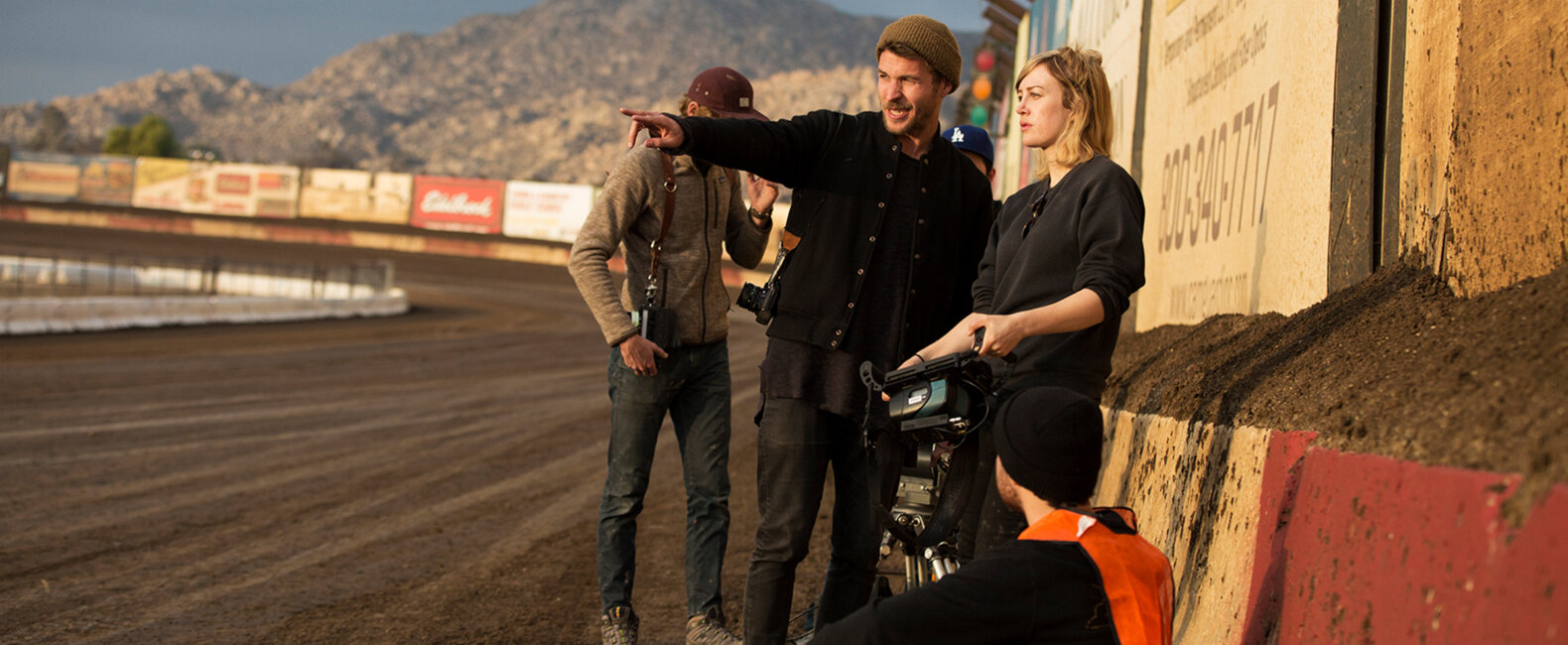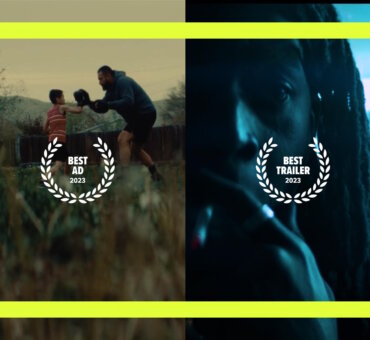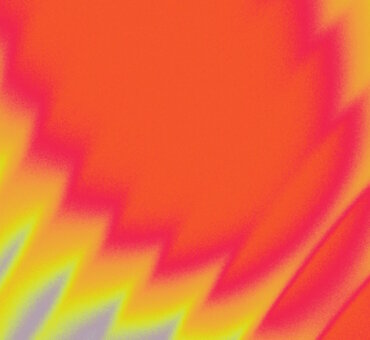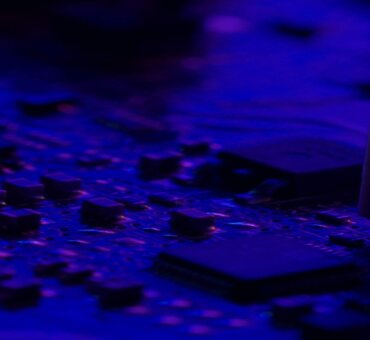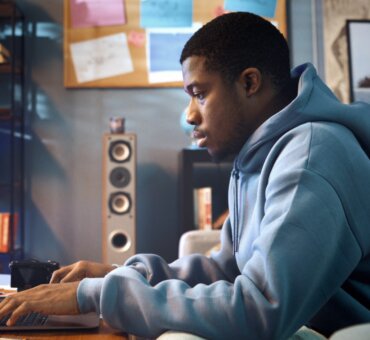It seems like there’s no end to the number of beautiful films being made right now. But maybe there should be. At least according to Salomon Ligthelm, a filmmaker who, for years, obsessed over beauty himself. Well, not anymore. “I’m so fatigued by it,” Salomon told us. “I think it’s because I’ve made so much of it, and I’ll probably make more of it because it’s kind of burrowed into me at this point. But I’m hoping to exorcise it from myself.” In an attempt to speed up the exorcism process, earlier this year Salomon took time off to reorient the trajectory of his work. The result is a renewed focus not only subjectively, but also formally: a turn away from the overtly beautiful and toward the uncompromisingly real.
You can see glimmers of this new creative ethic in his latest spot, Valvoline’s Never Idle.The piece is raw, subcultural, un-storyboarded, and unquestionably alive. A glimpse, we hope, into the type of work we can expect from this trendsetting filmmaker.
Here’s Salomon Ligthelm on his new approach to filmmaking, his battle with beauty fatigue, and his work on the Cannes’ Young Director Award–winning spot, Never Idle.Salomon Ligthelm: I think we’re at a point now where everything looks beautiful, and so everything looks the same. It’s all shot on an Alexa with anamorphic lenses; it’s all spectacular; and it’s all, I think, getting a bit boring. That’s just my perspective. But I’m so fatigued by it. I think it’s because I’ve made so much of it, and I’ll probably make more of it because it’s kind of burrowed into me at this point. But I’m hoping to exorcise it from myself.
Filmsupply: Maybe it’s like Tolstoy’s line about families: Beautiful things are all alike; every ugly thing is ugly in its own way.
Totally. I realized earlier this year that I was stuck creating work that all looked alike. I was just repeating myself. Which is why I decided to take some time off and try to recalibrate in terms of the work I was making — in terms of figuring out the work I wanted to be making. And I think what I discovered is that I’m most interested in making work that has some very unique cultural or subcultural POV to it. For example, the Audi spot I worked on dealt with the indigenous Papua New Guinea tribes. And in the Valvoline spot, we visited lowriders in Compton. And even my own personal work — Rocket Wars, for example — centers around these fringe things. I’m interested in the extremes, in the highly emotional, in, even, the anarchistic. I like exploring how those things hold each other in contention.
Is there something valuable about bringing back reports from the fringe, as a form of documentation? Or does the fringe maybe tell us something about ourselves?
Here’s what I think: people’s emotional journeys are all the same. We all experience love, hate, jealousy, etcetera. But how that plays out in different contexts is what makes a story or experience unique. It’s the social and cultural factors that make something interesting. To me, at least. If you look at the films of Jacques Audiard, at face value his subject matter is always extreme. Prison culture in Paris. Street boxing in the South of France. Gang culture. It all seems out there. But it’s emotional as well. The characters go through these intense things; and at the end of the film, there’s not a dry eye in the theater because the audience connects. So in some sense, there is something universal about it as well.
Did you bring the subcultural element to the Valvoline spot, or was it there to begin with?
It was there, to an extent. The lowriders were there. We wanted to make it as real as possible. I didn’t want to hire actors and stage things. I wanted to find a real event and barge in. That’s the way I want to shoot these days: real and transparent and capturing material that’s alive. Material that almost feels improvised and raw. Valvoline happened along those lines, and in many ways it has informed the work — and the way of working — I want to do now.[nectar_single_testimonial testimonial_style=”bold” color=”Default” quote=”There are no specific guidelines when it comes to capturing moments that feel alive. You have to do whatever it takes.”]
What does that way of working look like?
Well, for one thing, with Valvoline I said, “I don’t want to draw storyboards.” I didn’t want to lock myself into certain frames. I am much more interested in the essence of scenes. The emotional stakes. I just want to write a shot list. It ends up being much more frenetic on set, but it also ends up feeling more alive.
Werner Herzog says storyboards are instruments of the cowards.
[Laughs] I mean, some things can be pure magic when you’re working with storyboards. There’s a science and a geometry and a hyper-specificity about it that can work great. People who make films like that make great things. Storyboards are particularly useful in commercial work, or if you’re working with a big studio and you need to get everybody on the same page. But for me, personally, at this stage of my career, I’m trying to do something a little bit different. I want to be more reactive and improvisational. But I don’t want to be unprepared. Not at all. There is an intense amount of preparation that goes into creating environments where unprepared things can happen. In fact, I’ve come to believe that that my biggest role as a director and a filmmaker is making decisions up-front — beforehand. The decisions I make about casting, about location — that isfilmmaking. Lately, I’m very conscious of hiring actors with good impulses. I have a lot of discussions with them up-front about their character and the types of choices their character would make. And then, when we get on set, there’s not much left to say because now the actors are living it. They’re not even acting anymore. There’s a reality to it.
We talked to a directing coach a few years ago. She said if you want an actor to look like they’re trying to find a book of matches, you need to hide the matches.
Yes! Exactly! Hide the matches! If I’m working with a child and I want him to react in a scene as if something surprising is happening, I’ll set off fireworks behind the camera. There are no specific guidelines when it comes to capturing moments that feel alive. You have to do whatever it takes. And what you learn over time is not so much what an honest moment looks like — it can look like a lot of different things. But you learn what a dishonest moment looks like, and you build up the courage to say, “Let’s do it again,” until you get something real.BTS images provided by Todd Weaver.
